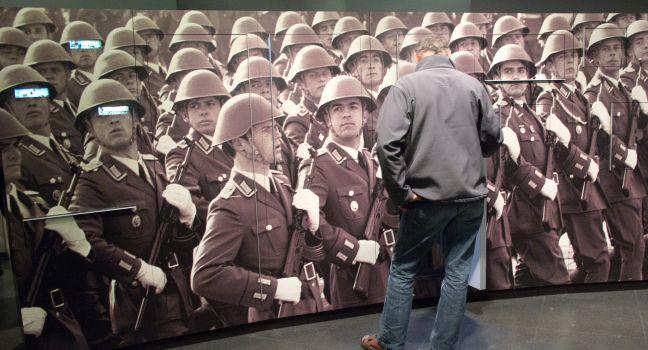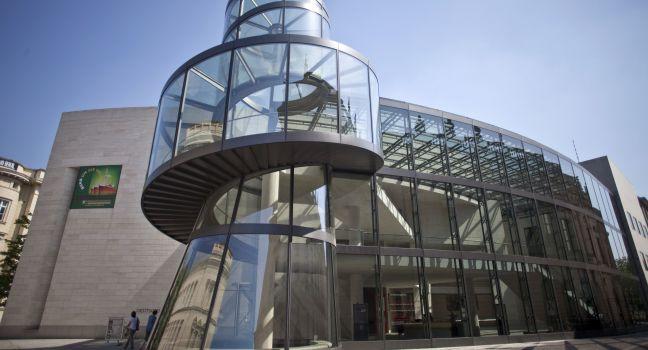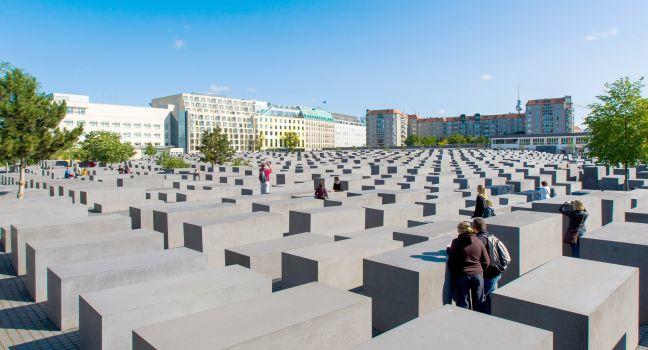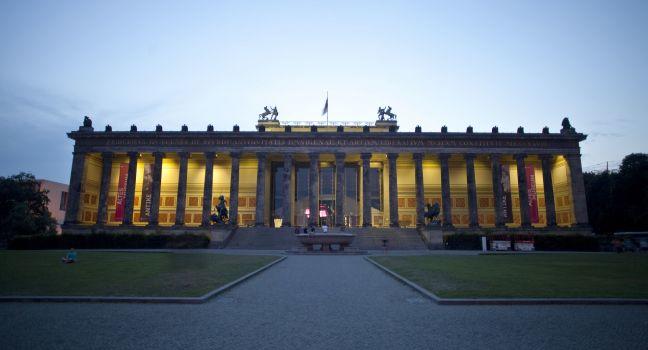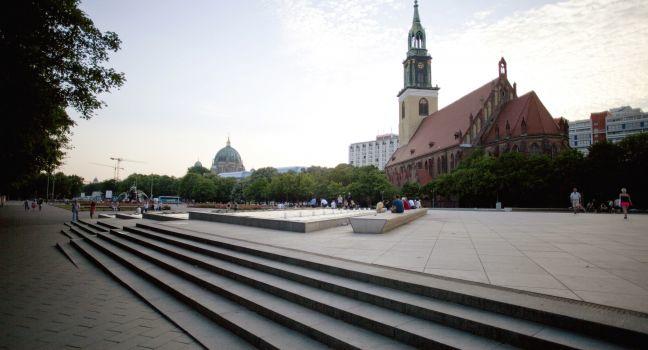This reconstruction of the former 15th-century palace that once stood on this site now houses a range of globally focused collections, including the Ethnological Museum and Asian Art Museum, which display more than 500,000 cultural objects from around the world; Humboldt University Lab, which explores science and society; and Berlin Global, which looks at Berlin's connection to the rest of the world through such topics as entertainment, fashion, war, and boundaries. The Forum also includes regularly changing temporary displays, such as the history of ivory and a children’s exhibit. Controversial from the start, due to the razing of the ‘70s-era East German Palast der Republik that formerly stood on the site and the display of colonial-era objects (some of which will be repatriated to their countries of origin), this sprawling museum makes a fascinating day out to see both the building itself and the exhibits inside. Note that you will need to buy individual timed tickets for each exhibit either online or on-site at the ticket office; it isn’t currently possible to buy one ticket to see everything. Though there are several cafés, make a reservation for Baret, the restaurant on the rooftop, if only to see one of the finest panoramic views of Berlin.

